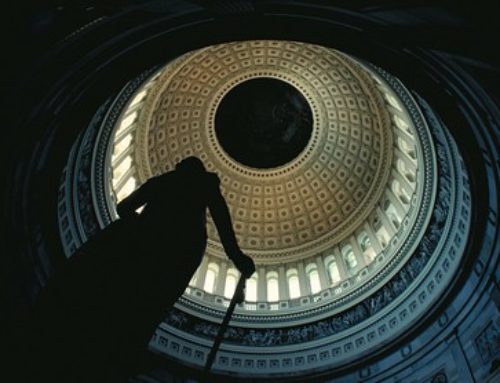As the Northeast dries out from Hurricane Irene, it is sobering to think that this likely multi-billion dollar storm that rode the east coast from North Carolina to Maine is only the most recent in a year that saw flooding on the Mississippi and Missouri Rivers, a record drought and wildfires that lead Governor (and Presidential candidate) Perry to declare the entire state of Texas a disaster area and a tornado so horrific in Joplin, MO that the United Arab Emirates committed $1 million to help rebuild the schools. We are not out of hurricane season yet, so we can be in for more.
While costly and tragic, disasters provide an opportunity to review how the country prepares for and responds to these events both budgetarily and on the ground. And in both areas there is a lot of room for improvement. Disaster relief should be better budgeted and at least a portion of emergency aid offset. Furthermore, disaster aid and flood or crop insurance must be better aligned with robust mitigation efforts that will reduce future disaster payments.
After a major disaster, a Governor can request a major disaster declaration from the President. This is almost always in the Governor’s interest because it results in federal aid and assistance – relatively free (to the state) money. Much of this is in the form of low interest rebuilding loans from the Small Business Administration, but there is also direct funding for individuals and communities through the Disaster Relief Fund (DRF). The DRF consists of funds allocated in the budget at the beginning of the year. Of course, specific disasters are hard to predict, but it is a lock that there will be some disasters every year. This tactic represents a budgetary double edged sword. That money is burning a hole in FEMA’s pocket, so it is virtually guaranteed to be spent in any given fiscal year. But if you don’t set enough aside, Congress resorts to emergency spending and just adds disaster relief to that year’s deficit. Since 1989, $120 billion (non-inflation adjusted) has been spent by the DRF, and $100 billion of that was unbudgeted emergency funding.
That isn’t the only aid. There is also federal flood and crop insurance available. We’ve talked about the problems in both of these programs before, but one of the major problems (other than enormous subsidies) shared by both is that they do too little (or in crop insurance nothing) to reduce future risk – even after the inevitable disaster has occurred.
Over the coming days, we are going to find out about many businesses and individuals that didn’t purchase flood insurance and yet are left with enormous losses. Floods happen. And they happen when you don’t expect it. Just because it hasn’t flooded in a hundred years doesn’t mean it won’t happen tomorrow. Neighboring development, landscape changes, subsidence all can move you further into the floodplain. In recent years, FEMA has begun modernizing flood insurance rate maps, figuring out the relative chance of flooding in given areas.
Rather than working with their constituents to deal with the reality on the ground, some lawmakers are trying to delay the implementation of the maps – and concomitant flood insurance requirements. Stopping a map doesn’t stop the deluge. It’s a twisted form of legislative paternalism that would leave homeowners without one of the tools to reduce their risk and shift costs of risky development to taxpayers.
Still others in Congress want government to get further into the insurance racket by providing a back stop for state insurance programs even if they are notoriously underfunded. This unwise intrusion into the private marketplace (there is adequate reinsurance – insurance for insurance companies or states) that would encourage high risk development and stick Uncle Sam with more of the tab.
In the end, the government cannot just stop at handing out cash after the latest natural disaster. But we can do a better job. One study estimates that every dollar spent on mitigation saves four in disaster relief. But a close examination reveals that FEMA’s major mitigation program was rife with special interest earmarks for years. Furthermore, too often disaster relief funding or flood or crop insurance is directed at rebuilding what was there before or encouraging the same activities (growing crops in drought or flood-prone land). For the country to be less prone to natural and fiscal disasters, the budgetary, response, and mitigation efforts have to be revamped. In the end this will better protect taxpayers and make fewer Americans victims of disasters.
###
TCS QUOTE OF THE WEEK
“I would say we have an absurd tax code that has so many ridiculous features that are there because special interests have carved them out. I’m all in favor of reforming it so we can get rid of those kinds of features.”
— “Super Committee” member Senator Pat Toomey (R-PA), quoted in Politico.







Get Social